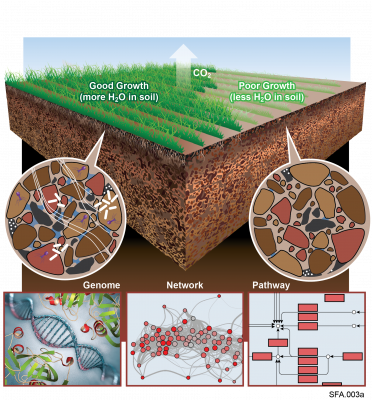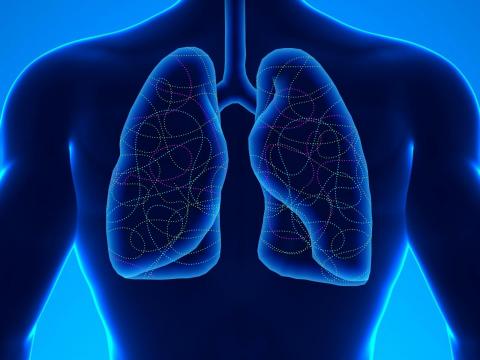Category
Description
Last updated on 2025-02-03T23:25:06+00:00 by LN Anderson
The Thermo Scientific™ Q Exactive™ Plus Mass Spectrometer benchtop LC-MS/MS system combines quadruple precursor ion selection with high-resolution, accurate-mass (HRAM) Orbitrap detection to deliver exceptional performance and versatility. Quadrupole technology optimizes precursor selection and transmission, improving quantitation of low-abundance ions in the most complex matrices. Sophisticated parallel reaction monitoring and data independent analysis provide reproducible quantitation results while delivering complete qualitative confidence. An optional intact protein mode enhances analysis of intact proteins through sophisticated ion beam control and easy collision pressure adjustment, while optional 280,000 maximum resolving power ensures superior ID confidence. The Q Exactive Mass Spectrometer is equally useful for un-targeted or targeted screening and a broad range of qualitative and quantitative applications in top-down proteomics and Lipidomics applications.
Data Source Contributions
- LN Anderson, Data Curation
- RJ Moore, Resource Review
Instrument Data Source Profile
Instrument Name: Q Exactive Plus
Model: Thermo Scientific™ Q Exactive™ Plus Mass Spectrometer
Platform: LC-HMS with MS/MS; optional HCD capabilities
Data Types: DIA-HMS-HCD-HMSn, HMS, HMS-HCD-HMSn, HMS-HMSn
Instrument Group: Liquid Chromatography Mass Spectrometry
Topic Areas: Omics, Proteomics, Lipidomics
Explore this capability and more at the Environmental Molecular Sciences Laboratory (EMSL) Bottom-Up (fragmented) Proteomics and Lipidomics instrument resource page. For a list of complimentary mass spectrometry data process software and analytical workflows, visit https://zenodo.org/communities/pnnl.
Federal Acknowledgements
This work was supported in part by the Earth and Biological Sciences Directorate (EBSD) at Pacific Northwest National Laboratory (PNNL), a multiprogram national laboratory managed by the Battelle Memorial Institute, operating under the U.S. Department of Energy (DOE) contract DE-AC05-76RL01830. User capabilities described here reflect collaborations with the Environmental Molecular Sciences Laboratory (EMSL), a DOE Office of Science (SC-3) user facility operating under the Contract No. DE-AC05-76RL01830.
Terms of Use
Recommendation guidelines provided by the DOE Office of Science can be accessed at the SC Funding Opportunities & Acknowledgements homepage. For additional information regarding user capability data release, visit the SC Digital Data Management Resources at User Facilities for more information.
EMSL Funding Acknowledgment
Scientists who publish results of research using EMSL resources, capabilities, and resulting data are required to include an acknowledgment of EMSL Policies in any publications. Learn more about user facility data management resources at the Office of Science Program page.
Projects (5)
Last updated on 2024-02-11T22:41:43+00:00 by LN Anderson PNNL DataHub NIAID Program Project: Modeling Host Responses to Understand Severe Human Virus Infections, Multi-Omic Viral Dataset Catalog Collection Background The National Institute of Allergy and Infectious Diseases (NIAID) "Modeling Host...
Category
Datasets
45
The Phenotypic Response of the Soil Microbiome to Environmental Perturbations Project (Soil Microbiome SFA) at Pacific Northwest National Laboratory is a Genomic Sciences Program Science Focus Area (SFA) Project operating under the Environmental Microbiome Science Research Area. The Soil Microbiome...
Datasets
44
Last updated on 2024-02-11T22:41:43+00:00 by LN Anderson Omics-LHV Profiling of Host Response to Influenza A Virus Infection Background Influenza A virus ( IAV ) is a high risk biological agent belonging to the Orthomyxoviridae family is classified as a Category C priority pathogen by the National...
Category
Datasets
8
Datasets
1
Last updated on 2024-02-11T22:41:43+00:00 by LN Anderson Omics-LHV Profiling of Host Response to Ebola Virus Infection Background Ebola virus ( EBOV ) is a high risk biological agent, belonging to the Flaviviridae family, and is classified as a Category A priority pathogen by the National Institute...
Category
Datasets
6




